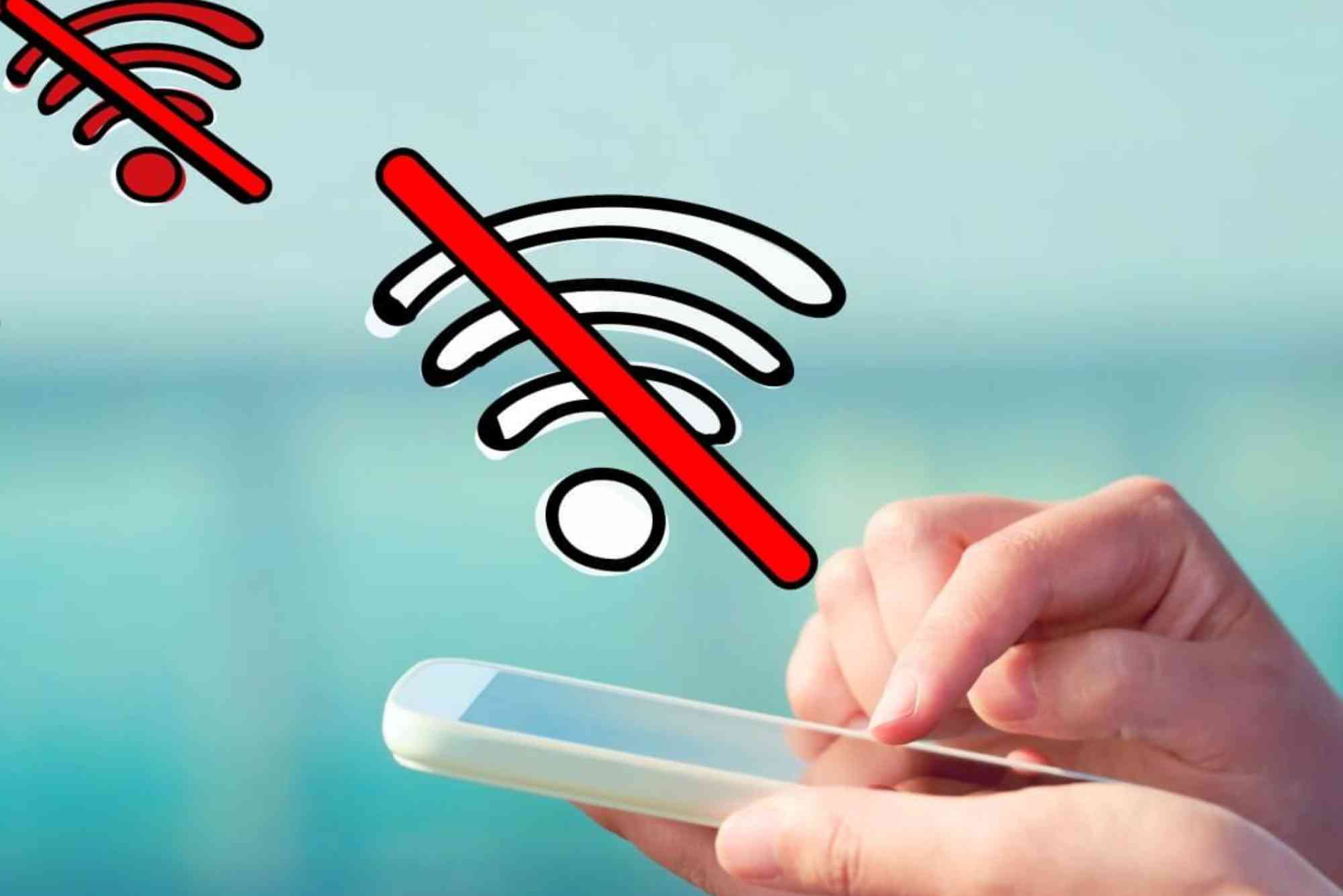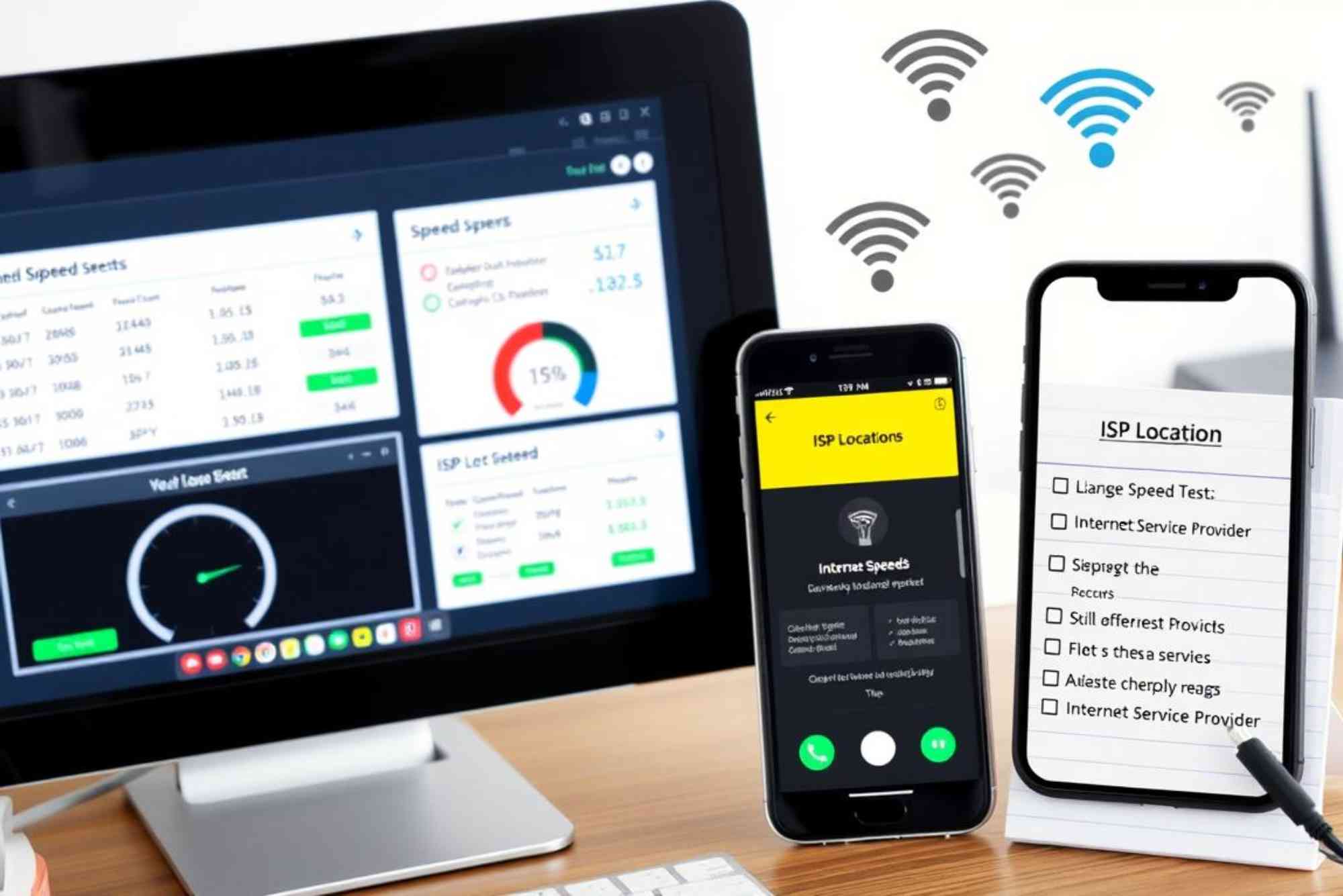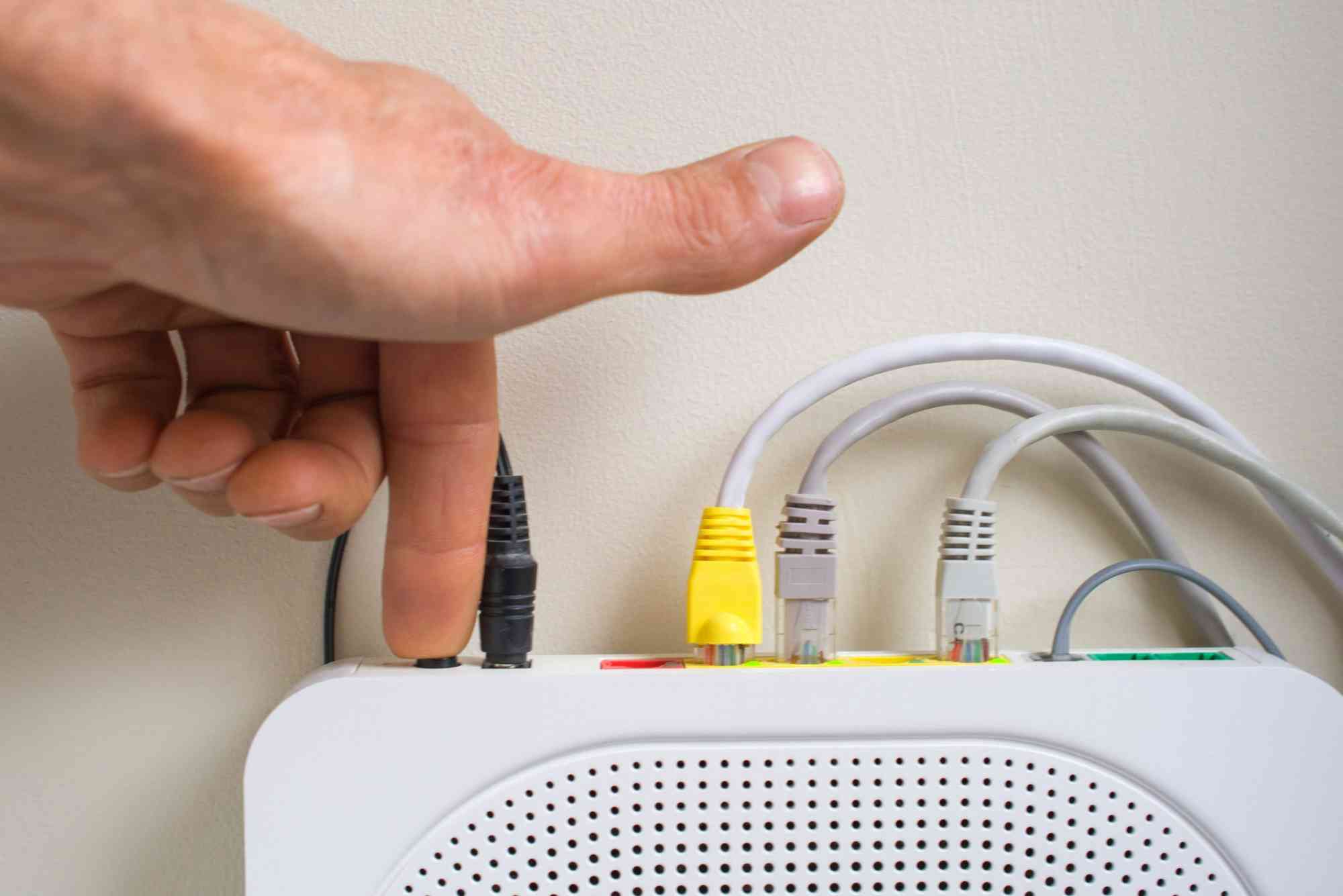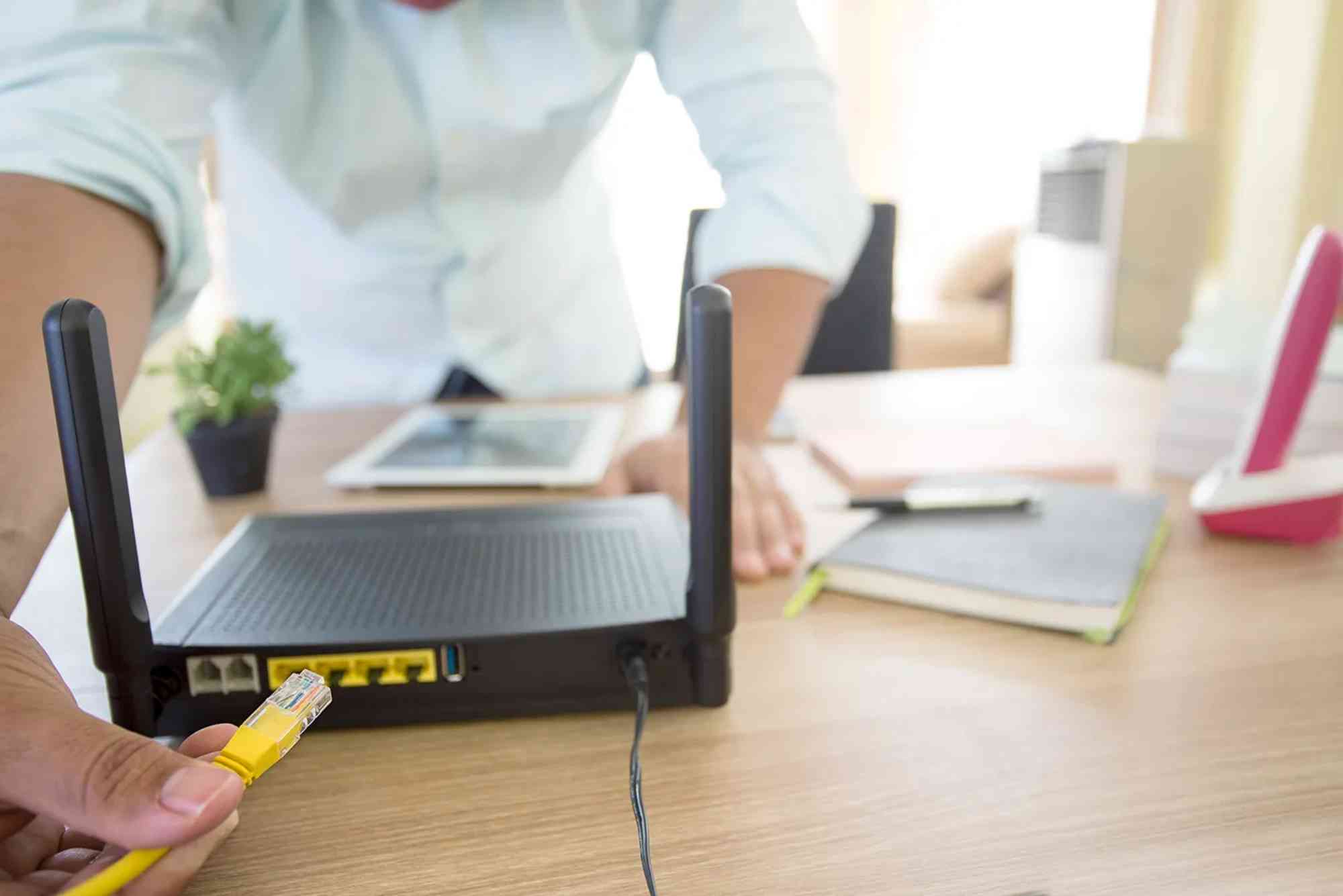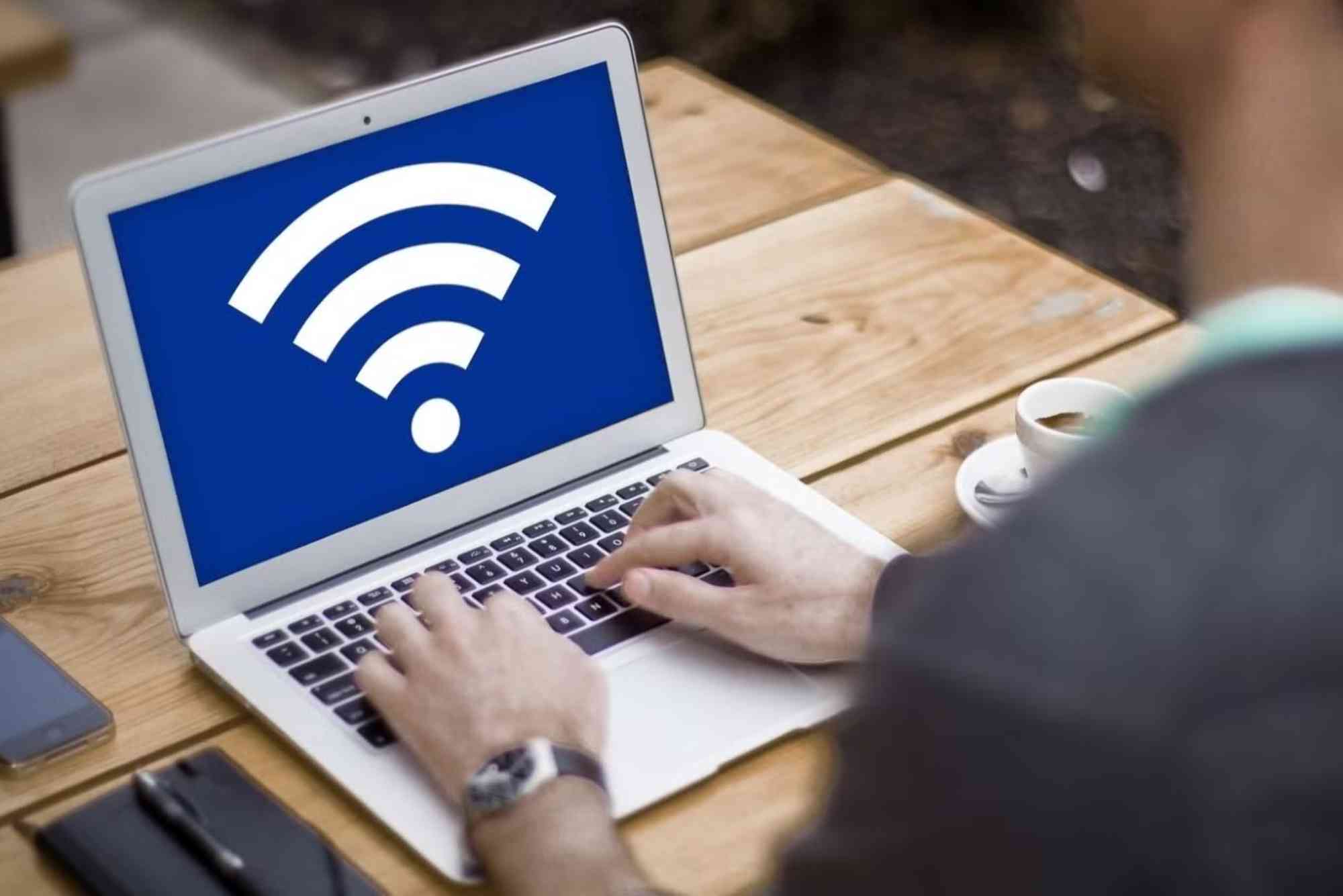Introduction
A slow upload speed can be frustrating, especially in today’s digital world where video calls, cloud storage, online gaming, and remote work depend on fast and stable internet. Many people face this problem without understanding the root causes or possible fixes. If you are wondering how to fix slow upload speed ISP issues, this guide will help you understand the reasons, provide proven solutions, and explain when to reach out to your service provider for support.
Why Upload Speed Matters
Most users focus on download speeds because streaming, browsing, and downloading rely heavily on them. However, upload speed is equally critical. Upload performance affects activities like sending files, video conferencing, gaming responsiveness, and live streaming. When upload speeds are slow, tasks such as backing up data to the cloud or sharing large files become time-consuming and frustrating. If you often notice video calls freezing, delays in file sharing, or issues while gaming online, poor upload performance could be the reason.
Common Causes of Slow Upload Speeds
Slow upload speeds can be traced back to several factors. Understanding these causes will make it easier to address the issue effectively.
Limited Bandwidth Plans
Some ISPs offer plans that prioritize download speeds while limiting upload capacity. This is especially common with DSL or lower-tier cable packages. If your plan doesn’t support higher upload speeds, you may constantly struggle with performance issues.
Network Congestion
During peak hours, networks become crowded. This congestion results in slower upload and download speeds, especially in areas with high demand for bandwidth.
Outdated Equipment
Old modems and routers can struggle to handle modern internet speeds. Using outdated hardware can cap your connection, even if your ISP provides higher bandwidth.
Wi-Fi Interference
Wireless networks are prone to interference from walls, devices, or neighboring routers. This interference often causes inconsistent upload performance compared to wired connections.
ISP Throttling
Some providers may throttle upload speeds when they detect heavy usage, especially with activities like peer-to-peer sharing or constant cloud uploads.
Technical Issues
Loose cables, incorrect settings, or software conflicts on your computer can also contribute to slow upload performance.
How to Fix Slow Upload Speed ISP Problems
If your upload speed is slower than expected, there are several steps you can take to troubleshoot and improve your connection.
Test Your Internet Speed
Start by running a reliable speed test. This will give you a baseline to compare your current upload speed against the plan you’re paying for. If your upload rate is significantly below the promised speed, there may be an issue with your ISP or setup.
Restart Your Modem and Router
A simple reboot often resolves temporary glitches. Power cycle your modem and router by unplugging them for at least 30 seconds before plugging them back in.
Use a Wired Connection
Switching from Wi-Fi to an Ethernet cable can eliminate interference and deliver more stable upload speeds. This is particularly useful for gamers or professionals who need reliable connections for video calls or file transfers.
Update Your Hardware and Firmware
Ensure your modem and router are up to date. Firmware updates from the manufacturer often include performance improvements and bug fixes. If your hardware is old, consider upgrading to equipment designed for faster speeds.
Check Background Applications
Applications running in the background can consume bandwidth. Cloud sync services, file-sharing apps, and even system updates may slow your upload speed. Close unnecessary applications when you need maximum performance.
Secure Your Network
If others are using your Wi-Fi without permission, they may be consuming your bandwidth. Protect your network with a strong password and update it regularly.
Contact Your ISP
If troubleshooting doesn’t improve performance, the issue may lie with your provider. Contact your ISP and explain your situation. In some cases, upgrading your plan, changing equipment, or switching to a fiber-based service may be the best solution.
For users looking for reliable services with strong upload performance, Dhanote Internet Services is a trusted option known for stable speeds and excellent customer support.
Advanced Tips to Improve Upload Speeds
For more technical users, there are additional steps to take when basic troubleshooting doesn’t solve the issue.
Optimize Router Placement
Position your router in a central location away from walls, appliances, or electronic interference. This will enhance Wi-Fi performance and reduce drops in upload speeds.
Enable Quality of Service (QoS)
Many routers allow you to set QoS rules. This ensures that essential activities like video calls or file transfers are prioritized over less critical traffic such as streaming or casual browsing.
Switch DNS Servers
Changing your DNS server can sometimes improve performance. While this mainly affects latency and browsing, it can indirectly stabilize your connection.
Consider Fiber Internet
If your area offers fiber-optic internet, switching may resolve upload issues permanently. Unlike traditional DSL or cable, fiber connections usually provide symmetrical download and upload speeds.
When to Escalate the Issue
Sometimes, no matter what you try, slow upload speeds persist. At this stage, it’s important to determine whether the problem lies with your ISP or your local setup. If repeated speed tests show significantly lower upload rates than promised, escalate the issue with your provider. Request technical support, ask about plan upgrades, or consider switching ISPs if they cannot meet your needs.
Frequently Asked Questions
Why is my upload speed so much slower than my download speed?
Most ISPs design their plans to favor downloads since users typically consume more than they upload. This results in asymmetrical speeds.
How do I check if my ISP is throttling my upload speed?
You can compare speed tests at different times of the day. If upload speeds drop during heavy usage periods, throttling may be the cause.
Will a VPN improve my upload speed?
A VPN may bypass throttling but often reduces speed due to encryption overhead. It’s not a guaranteed fix.
Is slow upload speed a hardware issue or an ISP issue?
It can be either. Outdated hardware, poor cabling, or misconfigured settings cause issues locally. If your setup is optimized and speeds are still low, the problem likely lies with your ISP.
What is a good upload speed for remote work?
At least 5 Mbps is recommended for video conferencing. Higher speeds are better for multitasking and file sharing.
Dealing with poor upload performance can be annoying, but with the right steps, you can often fix the problem quickly. Start by testing your connection, updating hardware, and securing your network. If nothing works, contacting your provider or switching to a more reliable service is the next logical step. Knowing how to fix slow upload speed ISP issues gives you control and ensures smooth performance for work, gaming, or personal use.



